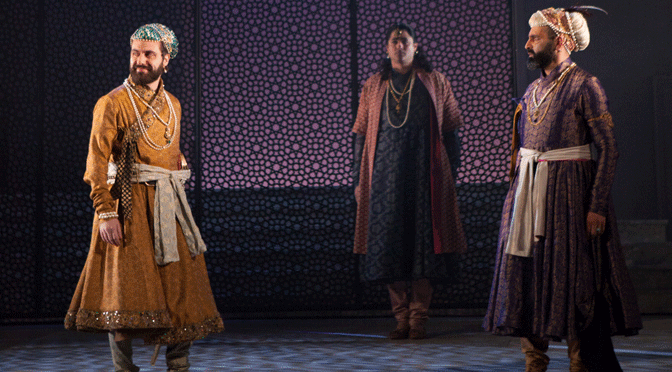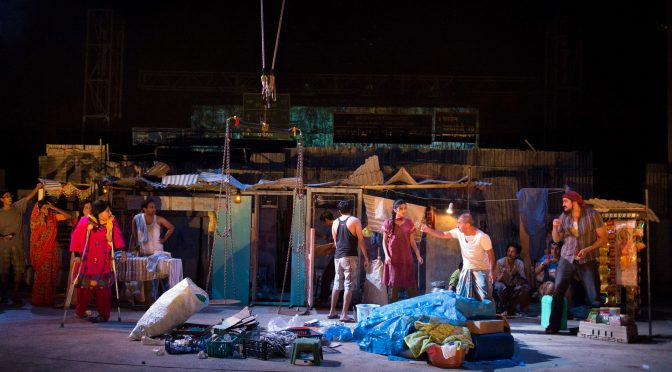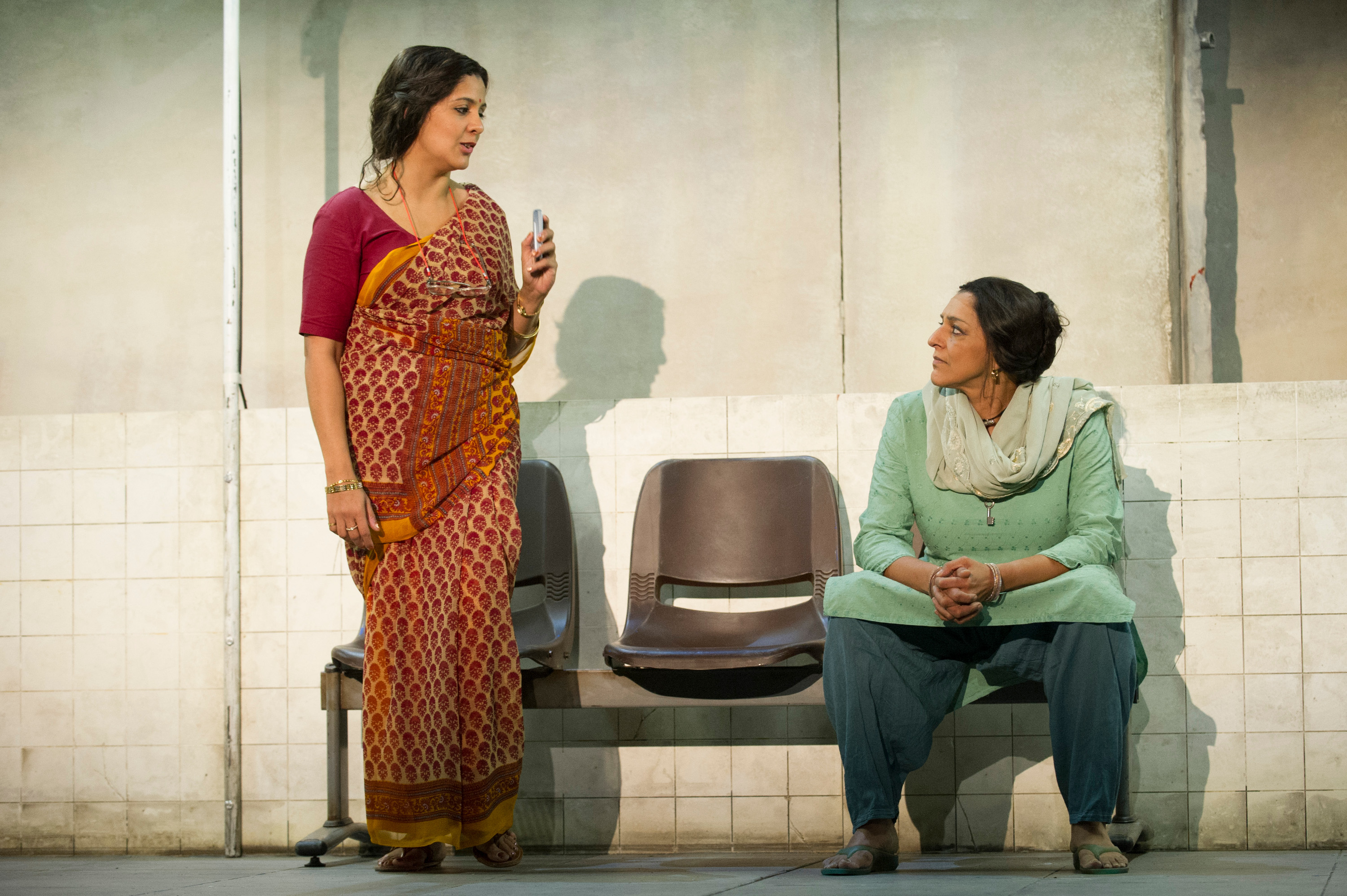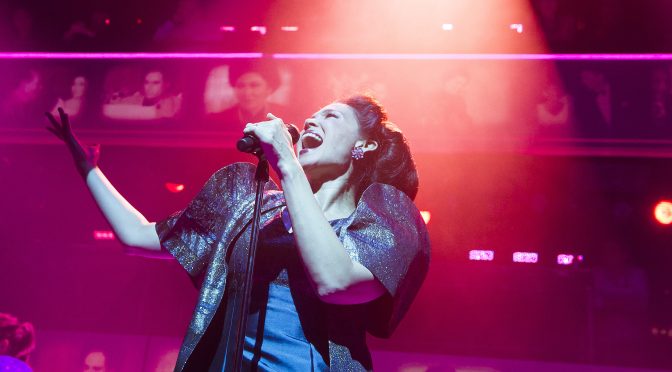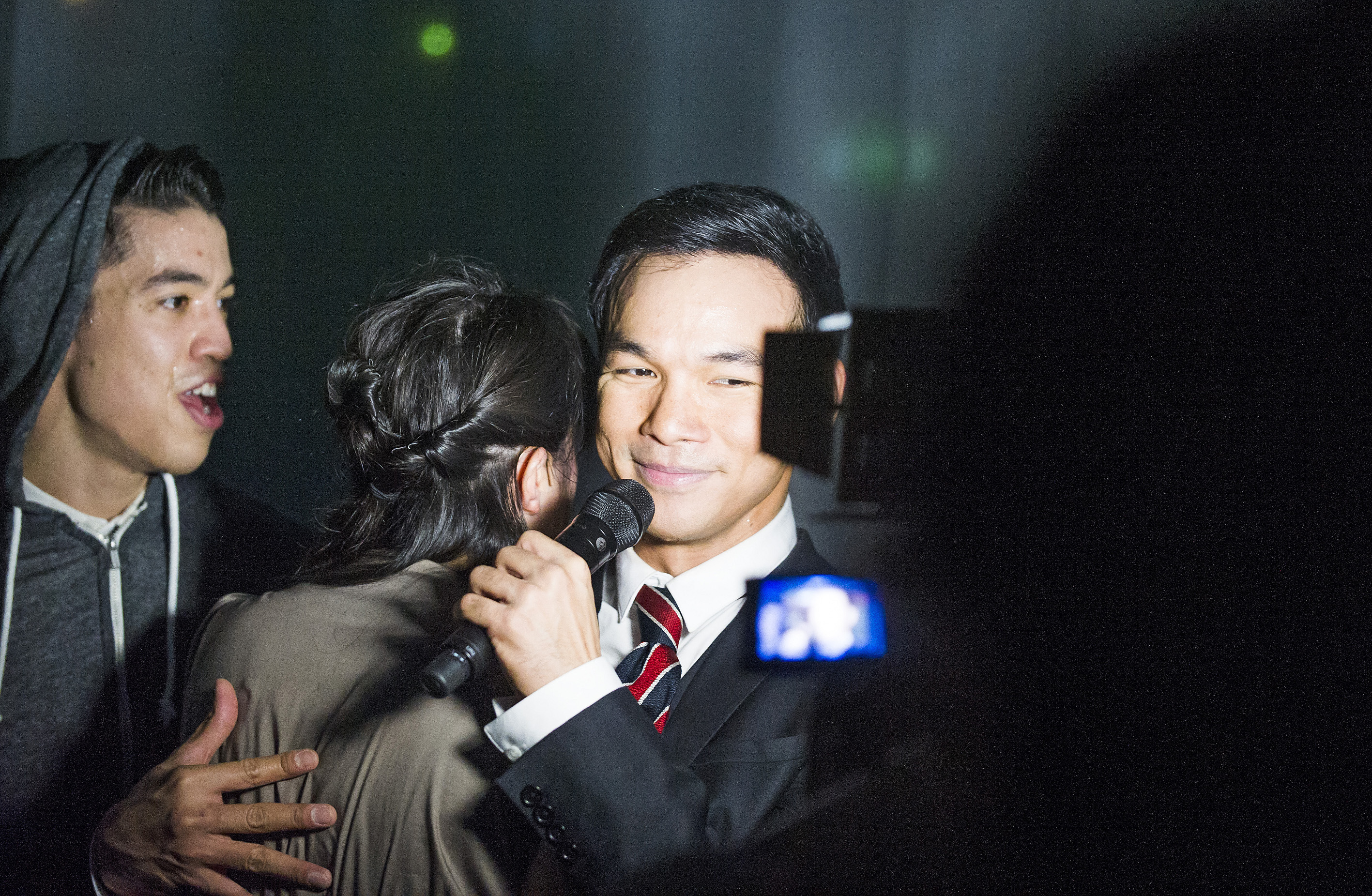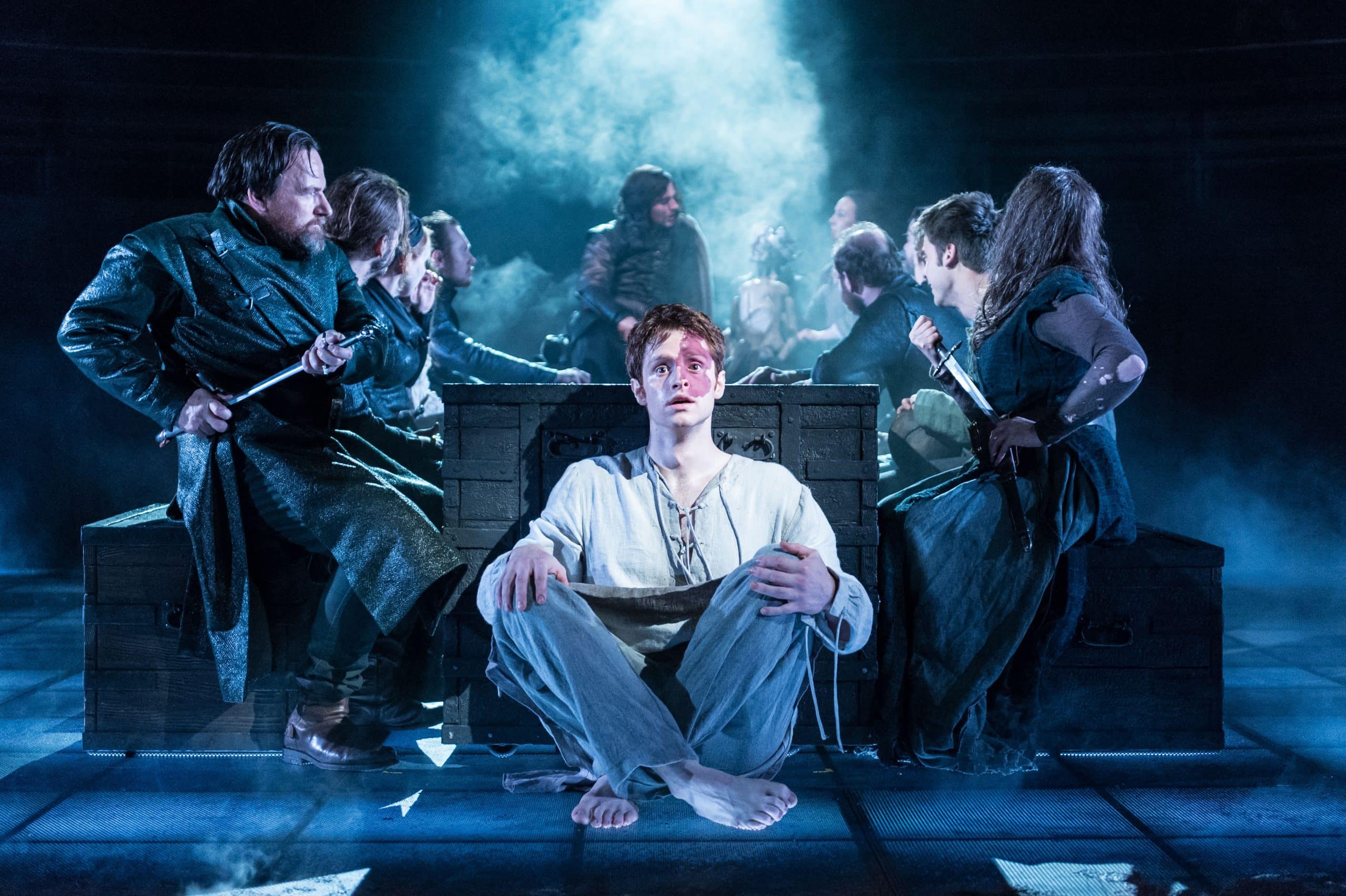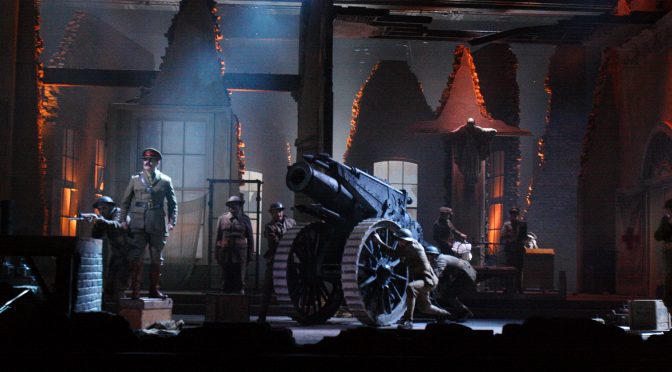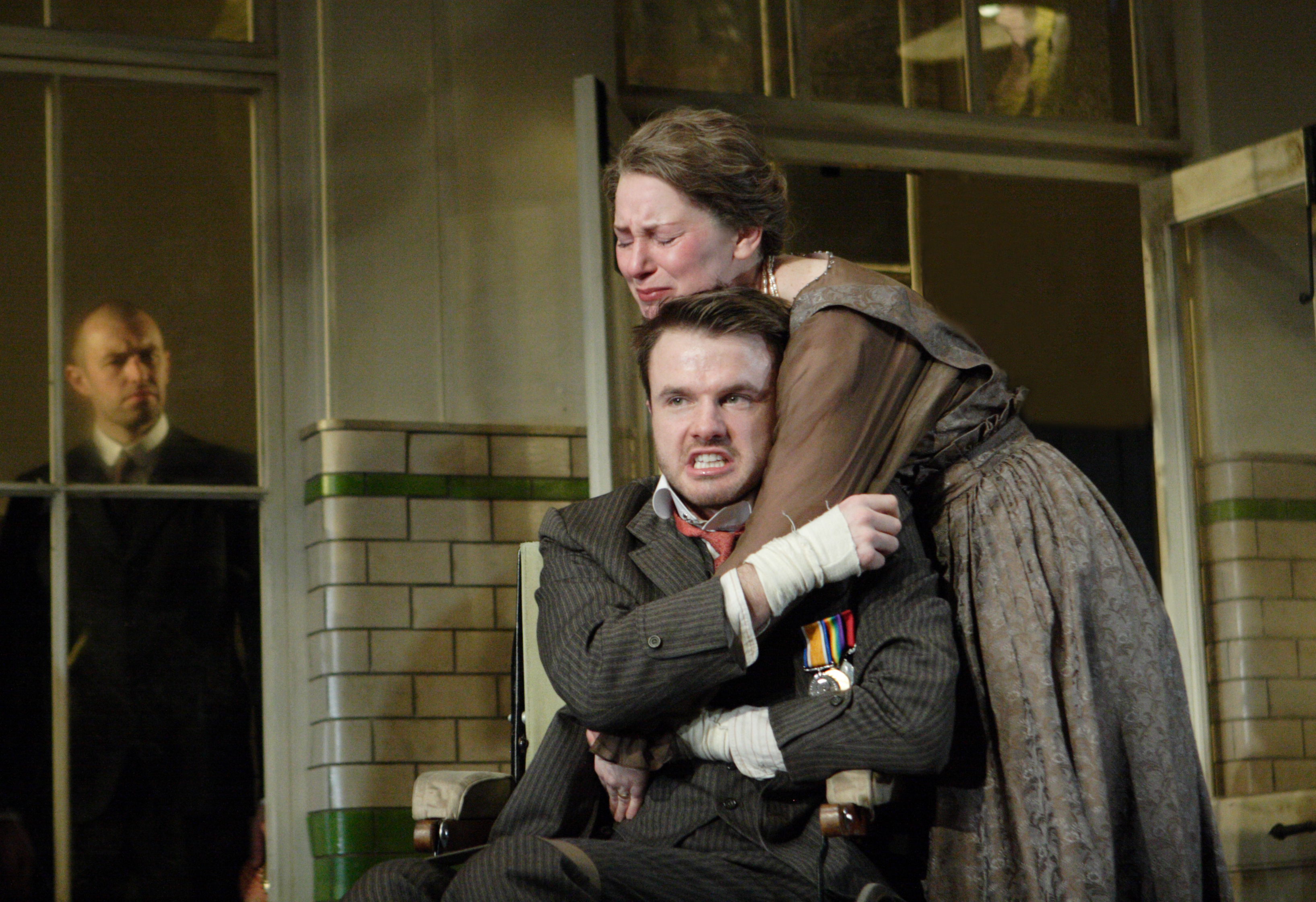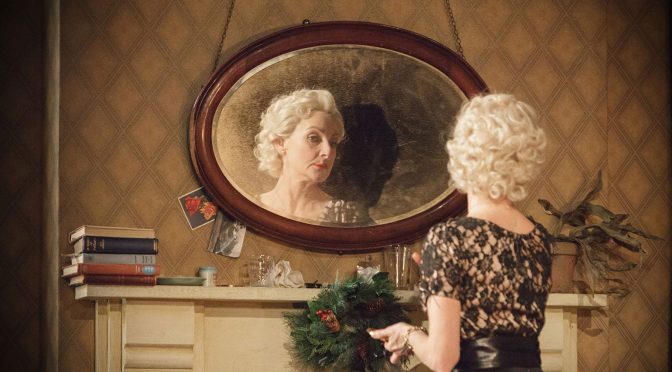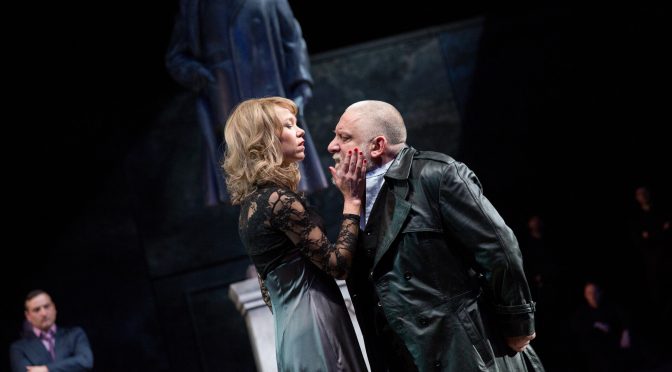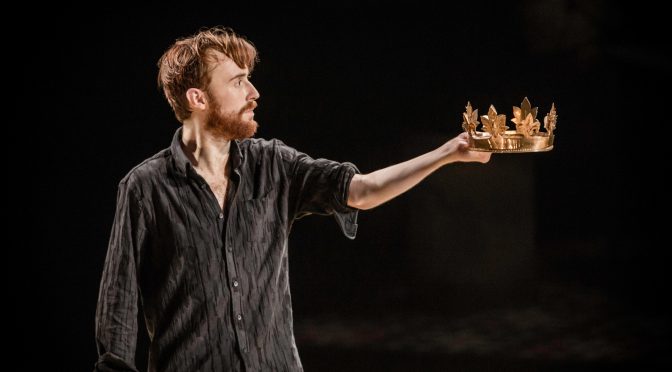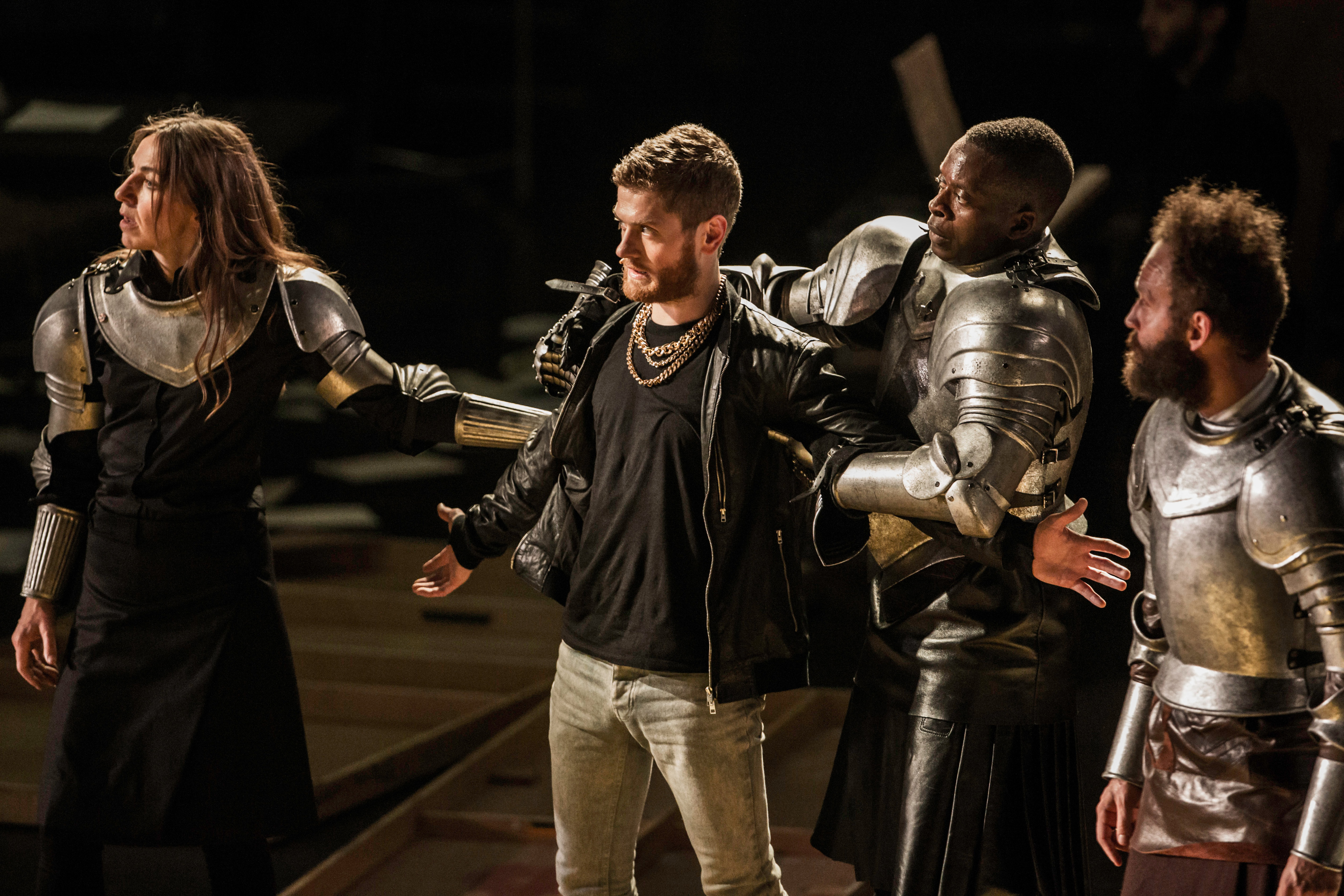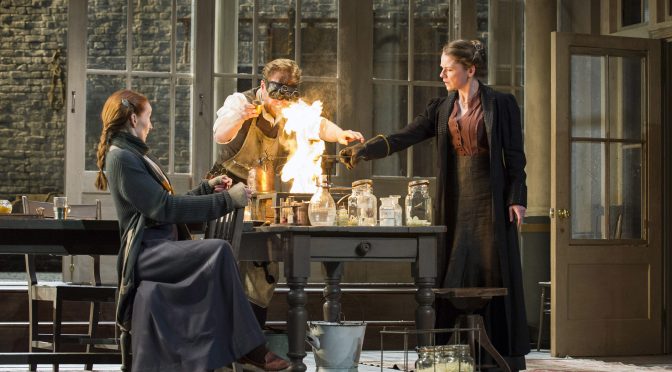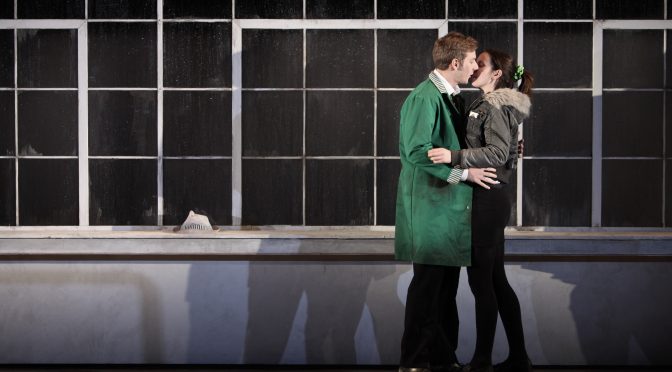With Behind The Beautiful Forevers still running – and well worth watching – The National Theatre offers another, very different, view of the Indian subcontinent with Dara. Adapted for a Western audience by Tanya Ronder, from Shahid Nadeem’s play, this historical epic shows the battle between Shah Jahan’s sons for the Mughal Empire. It’s a riveting story, all the more exciting if you aren’t familiar with the history (imagine the Tudors without knowing Henry had six wives); a family drama boasting an ambitious sense of scale that makes it topical too.
Nadia Fall’s quick-fire direction stages the action with speed, while Katrina Lindsay’s design and a large cast creates a sumptuous feel. Though a wide span of time is covered (the play is long, but never droops) and some roles are feel curtailed, Vincent Ebrahim manages to give Shah Jahan great depth, and Nathalie Armin is superb as his daughter, Jahanara. Zubin Varla takes the title role, a hugely satisfying character, saintly yet very human and ferociously intelligent. Dara’s fate is to be tried for apostasy – his own defence in court is fantastic theatre.
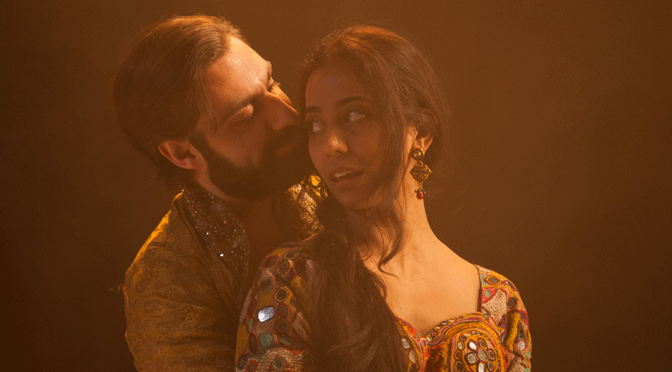
Dara is as much about Shah Jahan’s other son, Aurangzeb, who claimed the throne and rejected both Sufism and the religious toleration that Dara explored. A tyrannical figure, Sargon Yelda’s performance as Aurangzeb is wonderfully layered. A brief, exquisitely crafted scene with his Hindu lover, ably played by Anjana Vasan, really helps. Aurangzeb isn’t just a villain and the play’s exploration of the need to choose between “faith or family” makes it great drama. It’s Dara’s religious content that makes it feel so urgent – presenting the “broken prince”, a figure to revere despite his fall from power, it provides a different view of religion at a time when one is so desperately needed.
Until 4 April 2015
Photos by Ellie Kurttz

